First Day On The Job!
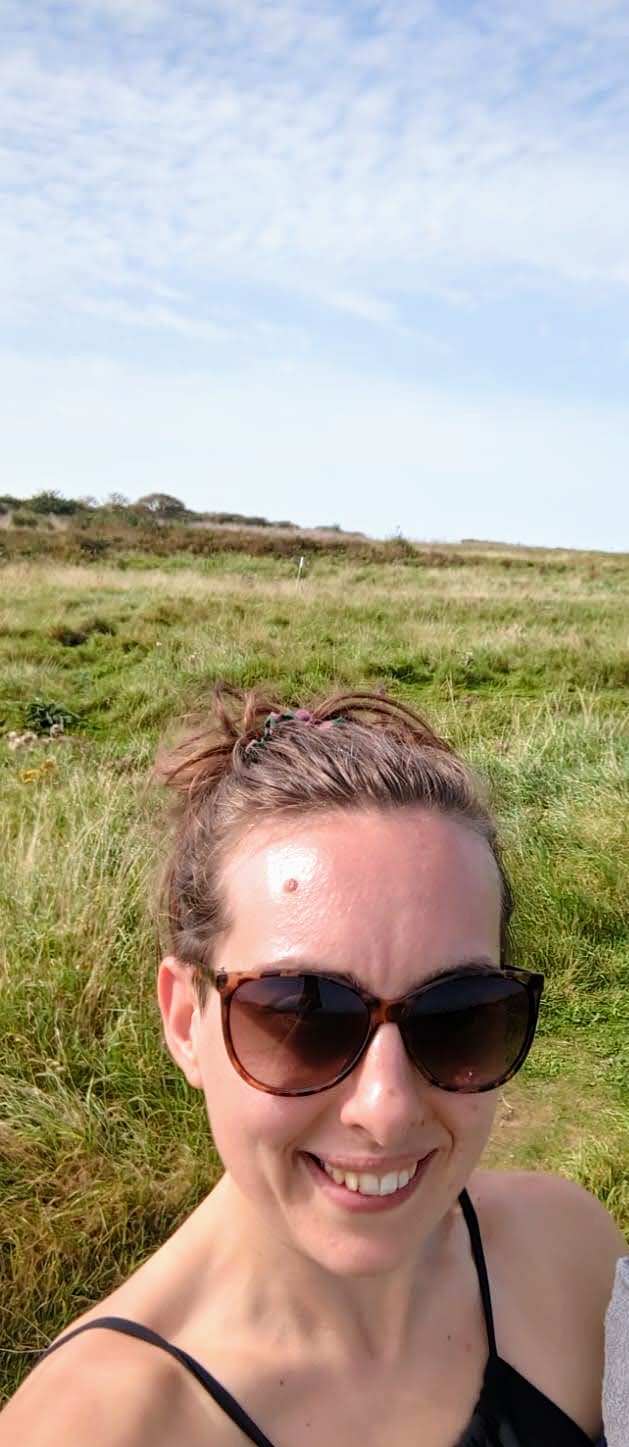
Hi there!
I’m Sarah and I’m the new Community Engagement Officer for the Flat Holm: A Walk Through Time project. My job is to share the stories of Flat Holm – there are so many! Flat Holm is an island rich in both human history and natural history. I’ve had an incredible start to my new job with a visit to the amazing island to learn more about its wildlife, its heritage, and what it’s really like to live and work on a tiny island in the Bristol Channel.
I’m probably not meant to say this, but one of the best parts of our visit was the boat trip. To get to the island we travelled by RIB (rigid inflatable boat). RIBs can reach a top speed of about 56mph but with the wind and sea spray in your face, as you’re flying over the waves, it feels much faster! Skipping over the waves and keeping pace with soaring gulls is my new favourite way to travel. It really feels like the beginning of an adventure. Once we reached the island, we were greeted by the super friendly volunteers who live and work there. The volunteers know so much about the island and were happy to answer all my questions. After a quick cup of tea and getting to know everyone, it was time to explore.
One thing that is so striking is how wild the island really is. As soon as you arrive, you are surrounded by fields of wild leeks and ragwort, the calls of gulls, the chirping of crickets, and the humming of bees. The smell of the sea and the warm smell of bracken and damp vegetation surround you as you explore, crunching over pebble beaches or swishing through the long grass as rabbits and gull chicks dart out of the undergrowth. My wildlife find of the day was a black slip wasp, a parasitic wasp that lays its eggs on caterpillars. Next up was a tour of the island (which we nearly missed after being distracted by a cool wasp), with Simon, the warden on Flat Holm. Simon told us so much about the heritage of the island, from the discovery of a Bronze Age axe to the building of army barracks in World War Two. My favourite building by far was the amazing Victorian cholera isolation hospital, which today is almost like a brick-work skeleton looming over the island. We also explored the ammunition storage tunnels under the island. Designed so that a carelessly thrown match wouldn’t blow up the entire island, these extensive tunnels have a pretty creepy vibe, a perfect place for telling ghost stories of island inhabitants past!
We finished our first day on the island with a bonfire on the beach where we toasted marshmallows and listened for the calls of passing oystercatchers. Our head torches really came in handy for nighttime exploration of the beach and for crab hunting in rockpools. Most crab species are nocturnal, so this is often the best time to spot them.
Day two on the island was pretty rainy and miserable, but that doesn’t stop the Flat Holm team of volunteers. We spent the day clearing the picnic area in front of the dormitories which had become overgrown with ragwort and thistles. We had a lot of help from the island’s population of Boreray sheep who nibbled away at the newly exposed grass and roots. These sheep are an endangered species that have been introduced to the island to help create new nest sites for gulls by munching the overgrown vegetation. Speaking of gulls, an account of a visit to Flat Holm would not be complete without mentioning them! We visited in August, when most of the breeding gull pairs have already dispersed but there were still plenty to see. There are over 2,000 nesting gulls on Flat Holm, which includes lesser black-backed gulls, herring gulls, and two pairs of greater black-backed gulls. We were lucky enough to have two lesser black-backed chicks right outside our dormitory being protected by a very feisty adult. The chicks are super cute and fluffy and have an incredible camouflage which helps them to blend in with their rocky coastline habitat. We also spotted a porpoise off the north side of the island! My wildlife spot of the day was the slow worms living in the garden. Slow worms on Flat Holm are chunkier than their counterparts on the mainland and males are more brightly coloured with bright blue scales during the breeding season. These differences from the slow worms on the mainland are likely because they have no natural predators on Flat Holm and can afford to be a bit flashier.
On the evening of day two, we grabbed some blankets and got cozy in the common area with some hot chocolate. We played board games and read books until midnight, waiting for the Perseid meteor shower! We grabbed our trusty head torches and headed for the jetty to try and spot a shooting star. Lying on the pebbly beach isn’t the most comfortable, and you definitely need to wrap up warm, but Flat Holm is an ideal spot for star gazing, as the lack of artificial lights means there is very little light pollution giving us an unparalleled view of the meteor shower – an amazing experience!
Our final day on the island was bitter-sweet. I was sad to be leaving so soon but excited to come back for another adventure. A grey seal made an appearance as we were leaving to cheer me up and a curlew flew over the island as we waited for our boat on the jetty. I can’t wait to come back!
I would love to visit your school or community to tell the stories of Flat Holm and share the adventures of the Flat Holm warden and team! To book an outreach session please email me at sarah.morgan5@cardiff.gov.uk
You can also follow us on Facebook @Flatholm, on Twitter @Flatholmers or on Instagram: @FlatHolmIsland
If you would like to have your own Flat Holm adventure, please get in touch with our booking team: flatholmproject@cardiff.gov.uk or give us a call 029 2087 7912.


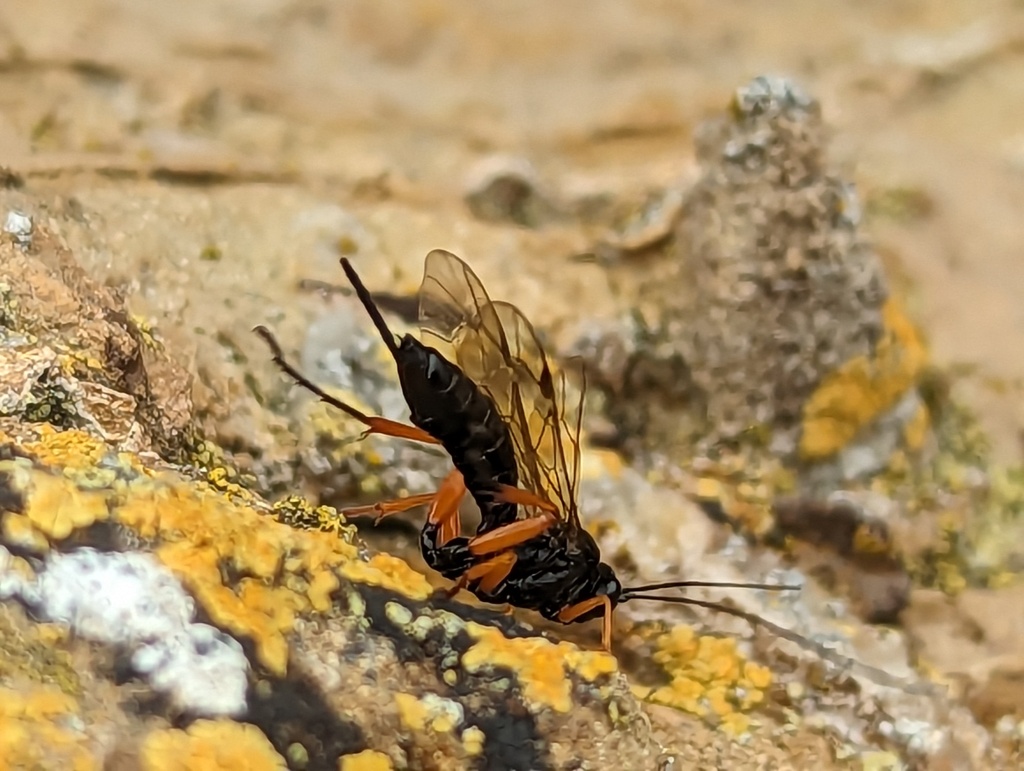
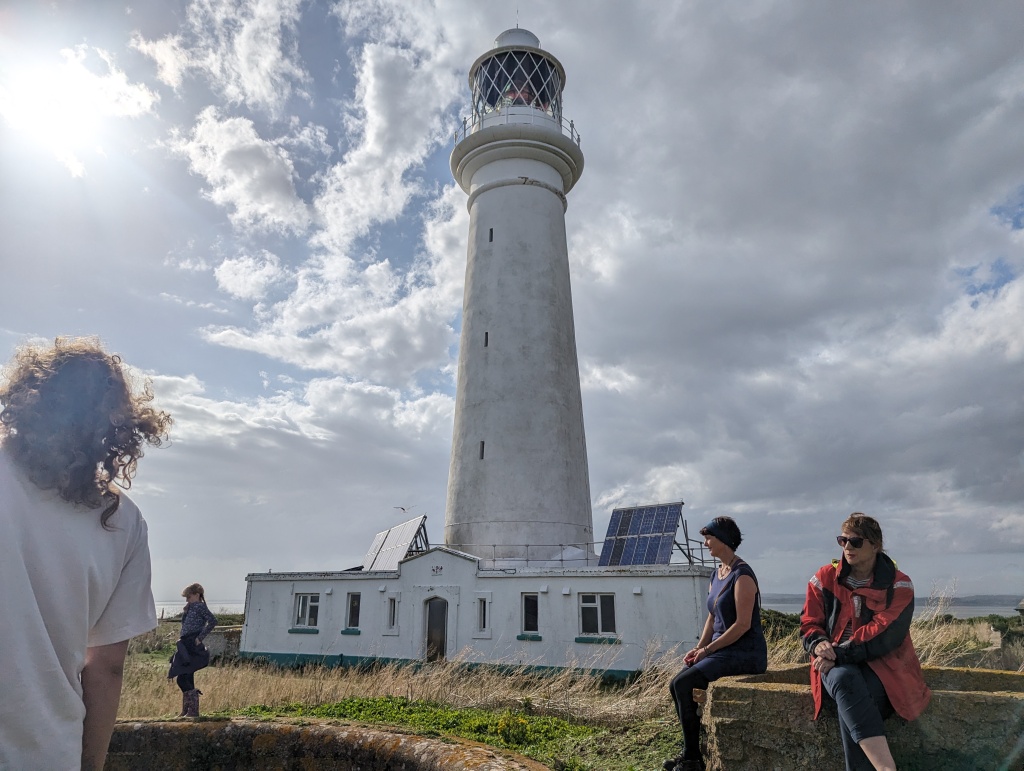
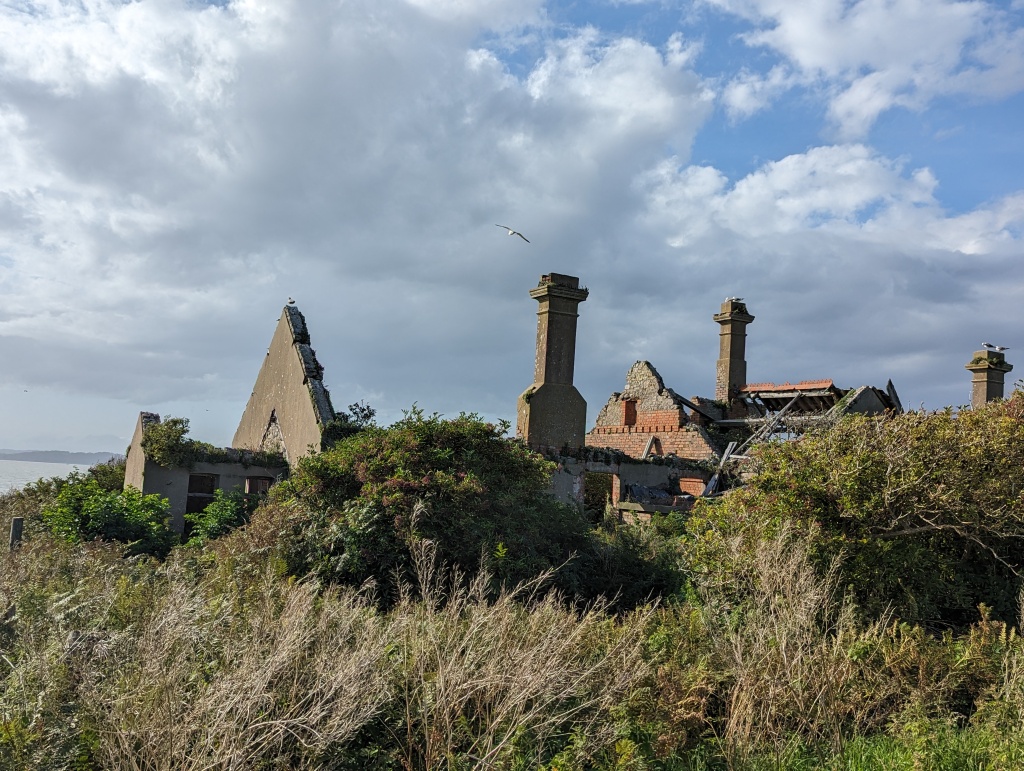

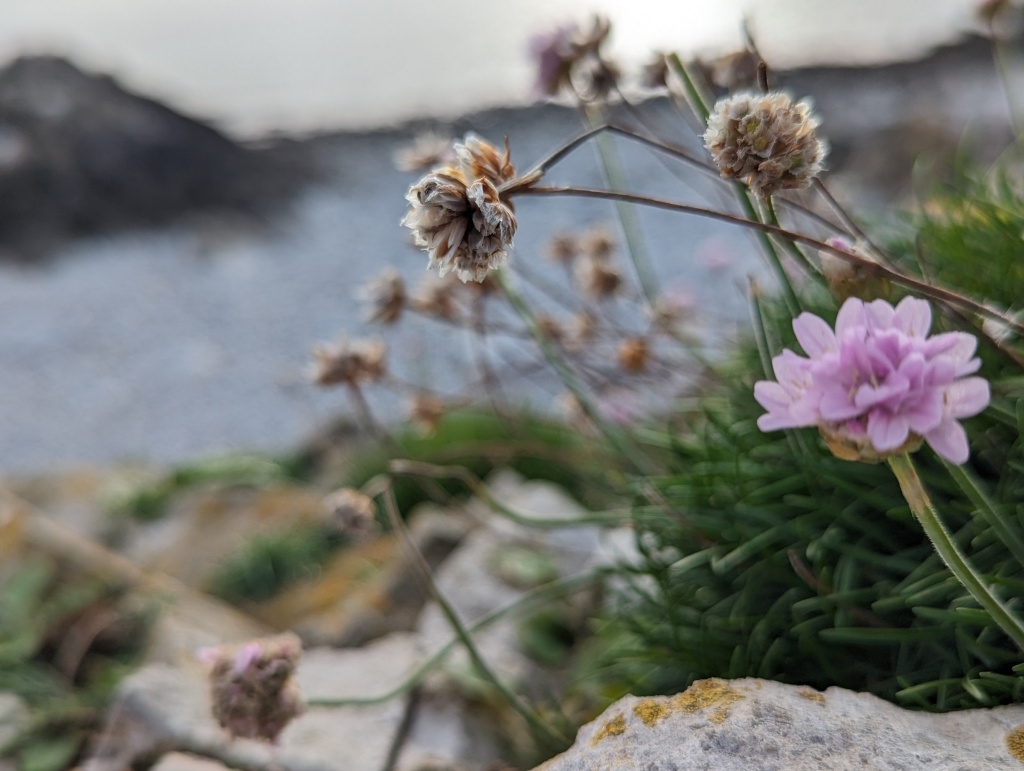
Leave a comment